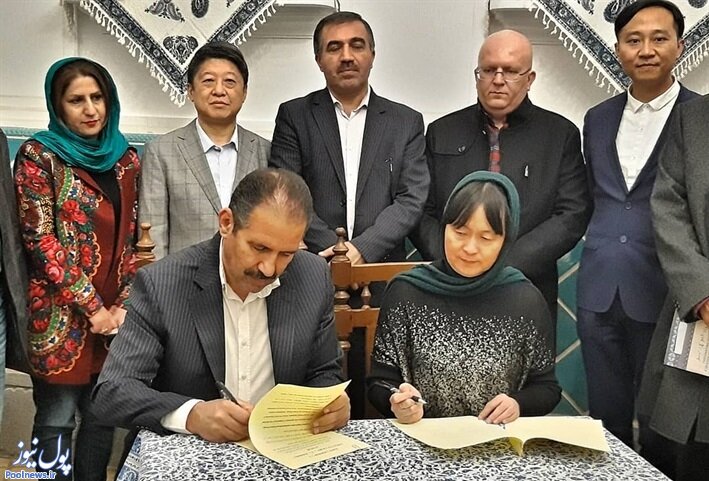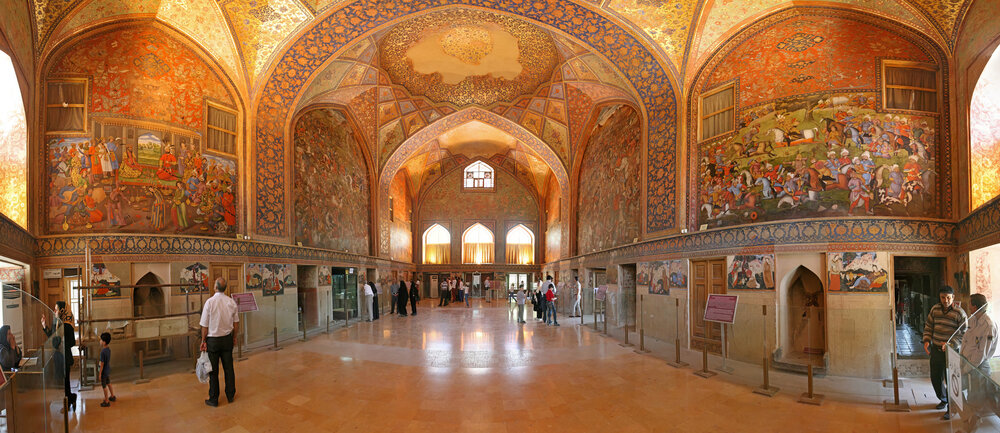Iranian, Chinese provinces seeking closer tourism ties

TEHRAN – The Iranian province of Isfahan and the Chinese province of Guizhou have signed a memorandum of understanding (MOU) to lay the ground for deepening tourism ties.
The MOU was inked in Isfahan on Sunday by Isfahan’s tourism chief, Fereydoun Allahyari, and director of the information center at Guizhou’s tourism administration, Li Fang, IRIB reported.
“Guizhou province in China, with a population of over 40 million, has great potential to establish ties with Isfahan and [in particular] for exchanging travelers,” Allahyari said.
The Iranian official then reminded that over 120 million Chinese nationals annually travel to different parts of the world. “Considering the [high] rate of cultural and economic exchanges between the two countries, we are looking to increase interactions, especially with Isfahan province.”
Elsewhere in his remarks, Allahyari noted, “Given that Isfahan province has a wide range of cultural and natural attractions as well as medical tourism capacities, we hope this agreement would contribute to the tourism boom in Isfahan, especially as we are approaching the Chinese New Year this winter.”

Travelers visit the 17th-century Chehel Sotoun (“Forty Columns”) palace in Isfahan. Built as a pleasure pavilion and reception hall during the Safavid era, the royal structure is embraced by a well-manicured Persian-style garden.
The official also pointed to the ancient Silk Road as one of historical bonds that connects the nations together.
Isfahan was once a crossroad of international trade and diplomacy in Iran and now it is one of Iran’s top tourist destinations for good reasons. It is filled with many architectural wonders such as unmatched Islamic buildings, bazaars, museums, Persian gardens and tree-lined boulevards. It’s a city for walking, getting lost in its mazing bazaars, dozing in beautiful gardens, and meeting people.
The capital city of Isfahan has long been nicknamed as Nesf-e-Jahan which is translated into “half the world”; meaning seeing it is relevant to seeing the whole world. In its heyday it was also one of the largest cities in the region with a population of nearly one million. The cool blue tiles of city’s Islamic buildings along with its majestic bridges, well-contrast with the encircling hot, dry Iranian countryside.
Despite being a popular destination with domestic travelers, Guizhou, according to Lonely Planet, has remained largely unknown to travelers outside China. The province has two of the country’s largest and most spectacular natural features – a waterfall and a cave – while outside the capital, Guiyang, it’s pretty much green hills and valleys, flowing rivers and limestone formations to the horizon.
AFM/MG
